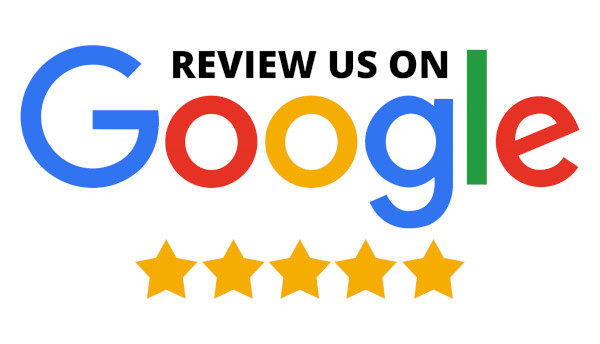QEEG Brain Patterns & Resolutions
Re-Solving Resolutions with Brain Wave Patterns featuring Dr. Meghan Van Vleet
Continuous improvement is important to self-growth whether it’s in your professional life, your relationships, or your health. But do you find yourself recycling the same goals year over year? It’s common to fall into the pattern of setting, failing, and re-setting the same resolutions from one year to the next. A Forbes Health Survey in 2023 found that the average New Year’s Resolution lasts less than 4 months. Dr. Van Vleet explains how QEEG brain wave patterns might help an individual improve on resolutions and goals at any time of the year.
How might understanding QEEG brainwave patterns help with goals and resolutions?
In general, we rely on data about an individual’s brain wave patterns from QEEG to help us strategize ways to shorten time to resolution. QEEG stands for Quantitative Electroencephalography. We use a device to record EEG signals from the brain like a mental fingerprint. Often, we’re working with patients on health-related goals, but the application would be the same for any goals.
Dr. Van Vleet explains in this video an analogy of a Husky dog. In the summer the dog is lethargic with general low mood. In the winter that same Husky is happy and full of energy. The dog didn’t change, it was the environment that changed. The QEEG helps us understand how to improve the environment so we can thrive.
Perhaps your resolutions have failed in the past simply because they weren’t framed correctly. Consider if your resolutions are setup to change what you are, when you might need to change the environment, instead.
What are examples of how QEEG can help us achieve our goals?
Dr. Van Vleet suggested that in health, and in life, we set goals that are too large which can be overwhelming. Breaking goals into smaller chunks and stepping into them one at a time is one way to get closer to your goals. This is not a novel technique, but QEEG can identify strategies to approach this based on the brain wave patterns. It can be more effective to apply strategies when they align with your brain patterns.
For example, a popular goal is to increase exercise. Dr. Van Vleet explains that some brainwave patterns thrive on cardio exercise first thing in the morning. These people may feel comfortable and be more successful with an early exercise routine. Other people do just as well with later exercise and may find this is better suited to their schedule.
Some people do very well with external motivation, like rewards. Setting up a system of rewards at benchmarks in your goals can help you stay focused an motivated.
If you have goals around building relationships, your QEEG may indicate you could lean into volunteer opportunities. Brainwave patterns for some people really thrive when contributing to the community.
Supporting mental health patterns can have indirect benefits as well. When you’re mentally clear and focused, and happier or at ease, then you’re less likely to engage in unhealthy activities to cope and compensate.
Putting it into Context
Dr. Van Vleet makes it clear that we still need to consider someone holistically, such as age, genetics or current mental state of health. Lifestyle factors are also important, including work schedule and family needs.
There are as many differences in the brain as there are physical differences on the body. We don’t see the mental differences and so it’s easy to fall into belief that you can achieve goals in the same way as others. It is easier to be successful when you can recognize what makes you different and unique both physically and mentally.
Learn More about QEEG
Are you interested in learning more about QEEG or how you can apply the information from a QEEG report to your health or lifestyle goals for 2025? Contact us for a free consult with Dr. Van Vleet. Existing patients can integrate the results in their wellness plans with their practitioners as well.




